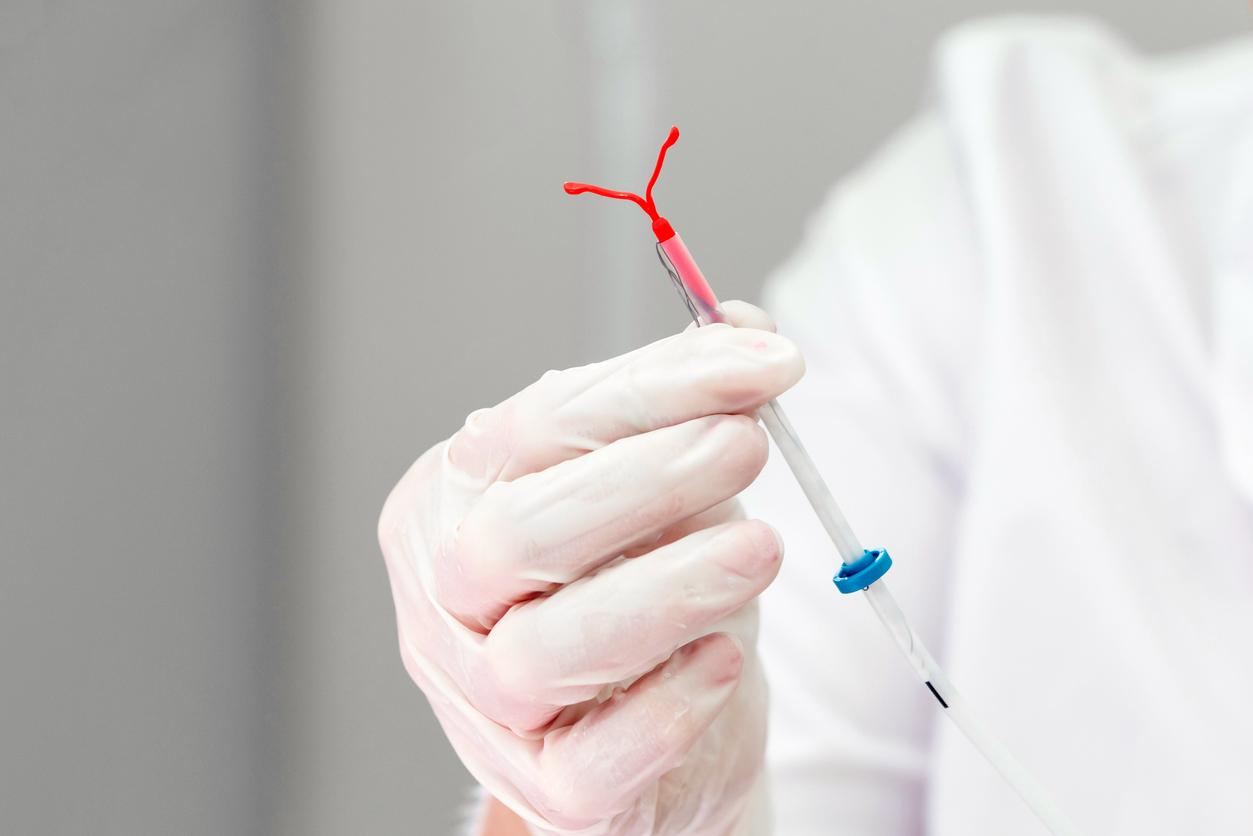The National Agency for the Safety of Medicines and Health Products (ANSM) has noted since May 2017 an increase in the number adverse reaction reports likely to be related to the Mirena levonorgestrel intrauterine device. Faced with this upsurge in reports, the Agency undertook a pharmacovigilance survey on the two hormonal intrauterine devices containing levonorgestrel available in France: Mirena and Jaydess. The first results of this survey were presented to the Pharmacovigilance Technical Committee on October 10.
Headaches, depression, hair loss, acne…
This pharmacovigilance survey reveals that “Since May 15 and until August 4, 2017, 2,714 cases, including 1,789 reported as serious by women, that is to say declared as having consequences for their family, professional or social life, have been reported via the portal of reports from the Ministry of Health”.
Most of these side effects were already known and listed on the patient information leaflet: headaches, depression, hair loss, acne, abdominal pain, decreased libido, hot flushes and weight gain. But the ANSM has noted the appearance of new undesirable effects which must be mentioned on the leaflet: asthenia (i.e. tired) and seborrhea.
Patients more easily under anxiolitics
anxiety was also mentioned by patients 870 statements. “At the same time, a study carried out on Health Insurance data to compare the frequencies of occurrence of certain adverse effects between carriers of levonorgestrel IUDs and copper IUDs reveals a low but increased risk of taking anxiolytics in women. carriers of Mirena compared to carriers copper IUD“ underlines the ANSM.
These results were sent to the European Medicines Agency (EMA) as part of the assessment of psychiatric adverse effects that it began in January 2017.
It should be noted that the ANSM is currently preparing an information document for women, in close collaboration with the “Stérilet vigilance hormones” association, in order to provide more information to women who choose this type of birth control.
Read also :
Contraception: what changes at 40?
IUD: pathologies that compromise its use















